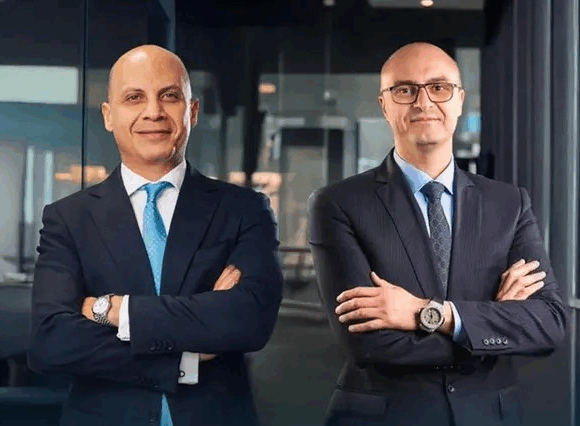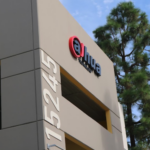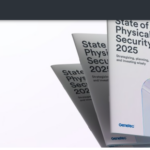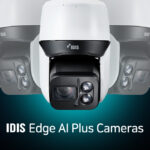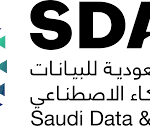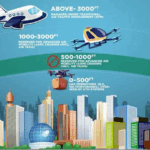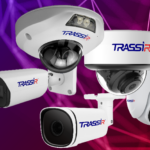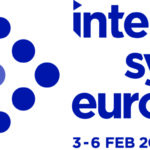TRASSIR & Suprema: Enhancing Security through Unified Access and Surveillance – a Middle East Perspective

In the Middle East, where security standards must address diverse challenges – from safeguarding critical infrastructure to managing high-traffic commercial zones – the demand for integrated, intelligent security systems continues to grow.
In many facilities across the region, access control and video surveillance still operate as standalone systems. This separation can leave serious gaps in real-time visibility. Consider a government building in Riyadh or a business park in Dubai: when a security officer receives an access alert at an entry point, they may have to switch systems to verify the identity of the person and assess the situation visually. In critical moments, this delay could mean missed opportunities to respond appropriately.
Such integrations not only provide operational efficiency but also contribute to cultural expectations of accountability, privacy, and technological reliability.
By integrating biometric access control systems such as Suprema with an intelligent video surveillance platform like TRASSIR, this gap is closed. Every time an individual uses a fingerprint or face scanner, the system can instantly link that access event to corresponding live or recorded video footage. Operators can immediately verify that the person who used the credential is the person on record — and assess their behavior before and after entry.
This type of integration offers practical advantages in a variety of real-world scenarios. At a petroleum facility in Kuwait, for example, an engineer might use biometric credentials to access a restricted zone. If the door remains open longer than usual, TRASSIR can detect this anomaly, trigger an alert, and present the corresponding video footage for review — enabling the security team to act without delay. In a high-end shopping mall in Qatar, contractors arriving for after-hours maintenance can be automatically logged, with access events paired to video for immediate verification, ensuring they remain within designated areas and schedules.
Such integrations not only provide operational efficiency but also contribute to cultural expectations of accountability, privacy, and technological reliability. Remote door management, audit trails, AI-powered anomaly detection, and centralized monitoring simplify complex security workflows — especially valuable for integrators managing large deployments.
For business owners, government security planners, and engineers across the GCC, the integration of access control and video analytics represents more than convenience — it’s a strategic step toward future-ready infrastructure.




